7 "Anti-Inflammatory" Foods That Backfire on Your Gut Health
Trying to eat more anti-inflammatory foods is a smart move for long-term health, but sometimes those same choices trigger bloating, gas, or other uncomfortable gut symptoms. That can feel confusing and discouraging. You might wonder whether the food is “bad” or whether your body simply needs a different approach. Often the answer lies in dose, form, and personal biology. Certain anti-inflammatory choices—fermented foods, high-fiber staples, or concentrated supplements—do important jobs for inflammation and the microbiome. Yet when introduced too quickly, taken in high doses, or used without attention to individual sensitivities, they can backfire for people with IBS, SIBO, bile or enzyme issues, or medication interactions. This article walks through seven commonly recommended anti-inflammatory foods or strategies that sometimes irritate the gut. For each one, you’ll find a simple explanation of why problems can occur and practical steps to try instead. If symptoms are severe or persistent, please check in with a gastroenterologist or registered dietitian who can help tailor a plan. You don’t have to give up on healthful eating—small adjustments often restore comfort while keeping the anti-inflammatory benefits you want.
1. Kimchi, Sauerkraut, Kefir — Fermented Foods Overload
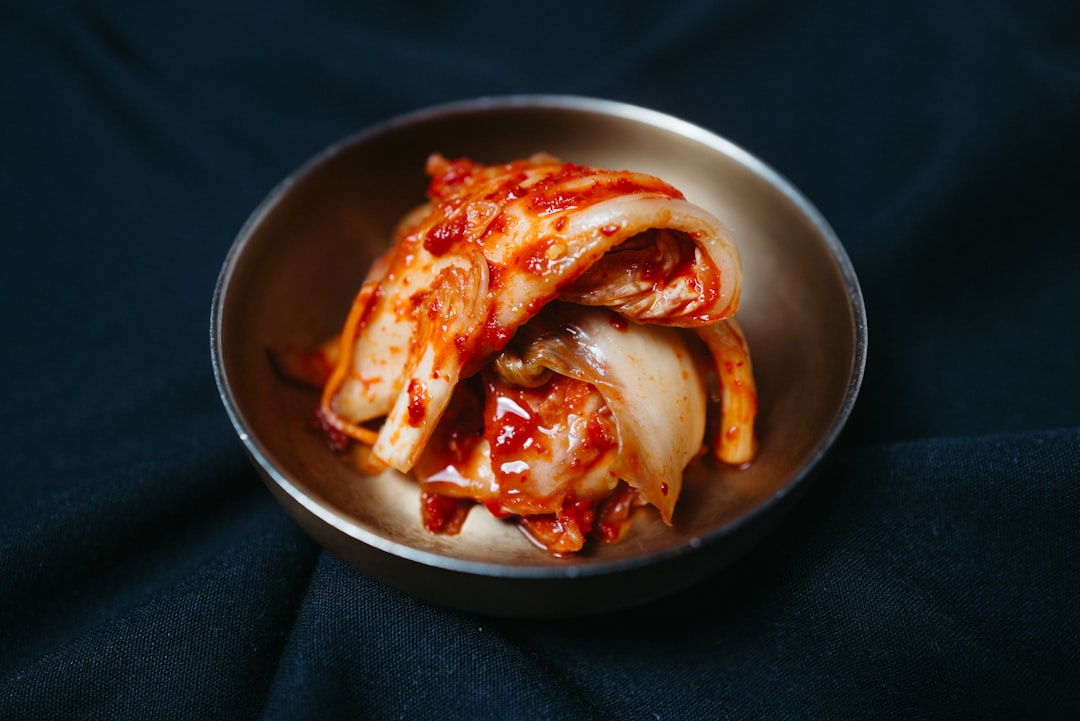
Fermented foods are famous for delivering beneficial bacteria and compounds that calm inflammation and support gut diversity. Many people do well with small portions, and fermented picks can be a gentle way to add probiotics through food. Still, jumping right into large servings of kimchi, sauerkraut, kombucha, or multiple daily kefir drinks can overwhelm a sensitive gut. When bacterial populations shift quickly, some people notice increased bloating, gas, or a flare of IBS symptoms. In people prone to small intestinal bacterial overgrowth (SIBO), certain fermented foods may worsen discomfort because they add fermentable microbes and substrates. Nutrition experts warn that "jumping in with big portions of high-fiber or fermented foods can backfire and make symptoms worse," so the safest route is to introduce fermented items slowly—think a tablespoon at a time—and watch how your body responds over several days. If adding fermented foods triggers persistent problems, pause for a few weeks and reintroduce under guidance. For many, the benefit remains, but the timing and portion size matter more than you might expect.
2. Beans, Lentils, Broccoli — High-Fiber Staples
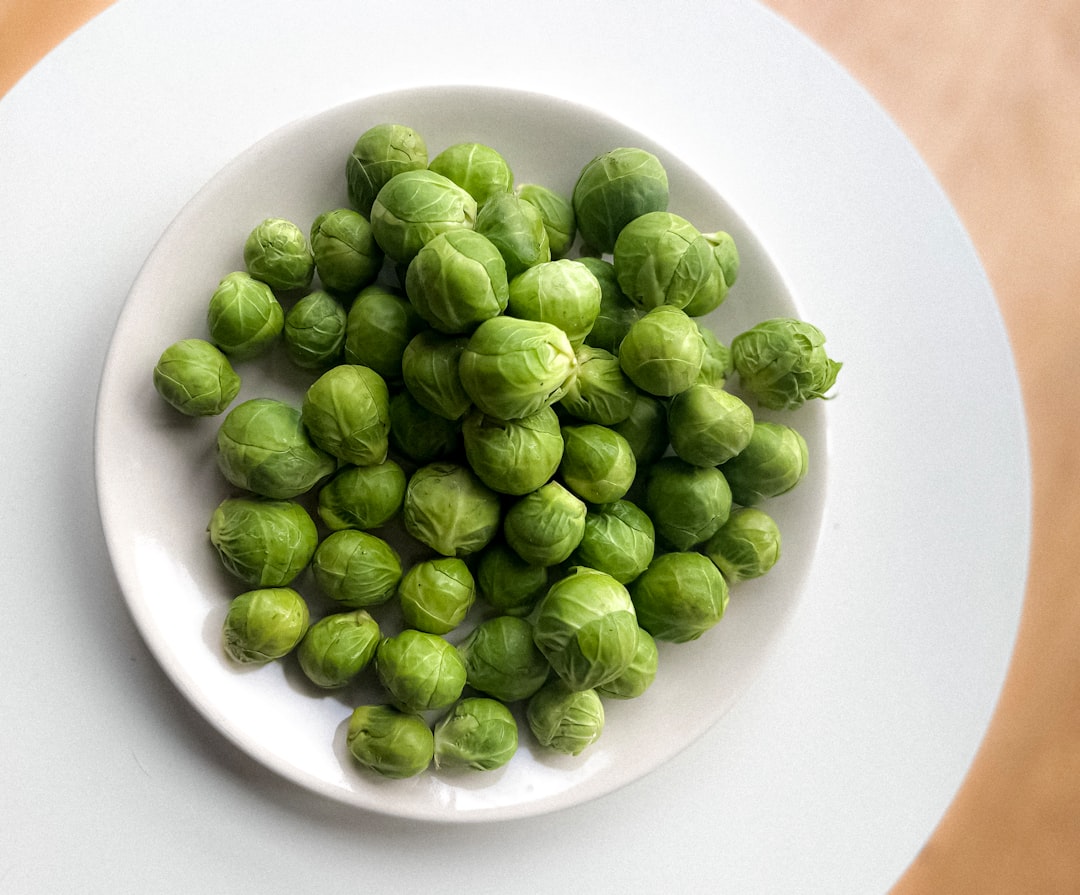
Fiber-rich vegetables and legumes are cornerstone anti-inflammatory foods: they feed beneficial microbes, support regularity, and are associated with lower inflammation markers over time. However, a sudden jump in fiber—especially from beans, lentils, or cruciferous vegetables like broccoli—can cause gas, cramping, and bloating as gut bacteria adjust. That’s a normal short-term response for many people, but for those with IBS or a more reactive gut, it can feel intolerable. A gradual approach is kinder: add a little extra fiber every few days, drink more water, and spread high-fiber foods across meals rather than piling them all in at once. Cooking methods help too—soaking and thoroughly cooking legumes lowers the fermentable sugars that drive gas, and lightly steaming crucifers can reduce their gas-producing effect while preserving nutrients. If symptoms persist despite a slow ramp-up, consider working with a dietitian to test for FODMAP sensitivity or other triggers. The goal is to keep fiber in your life without making your gut pay for it.
3. Probiotic Supplements — Too Much of a Good Thing
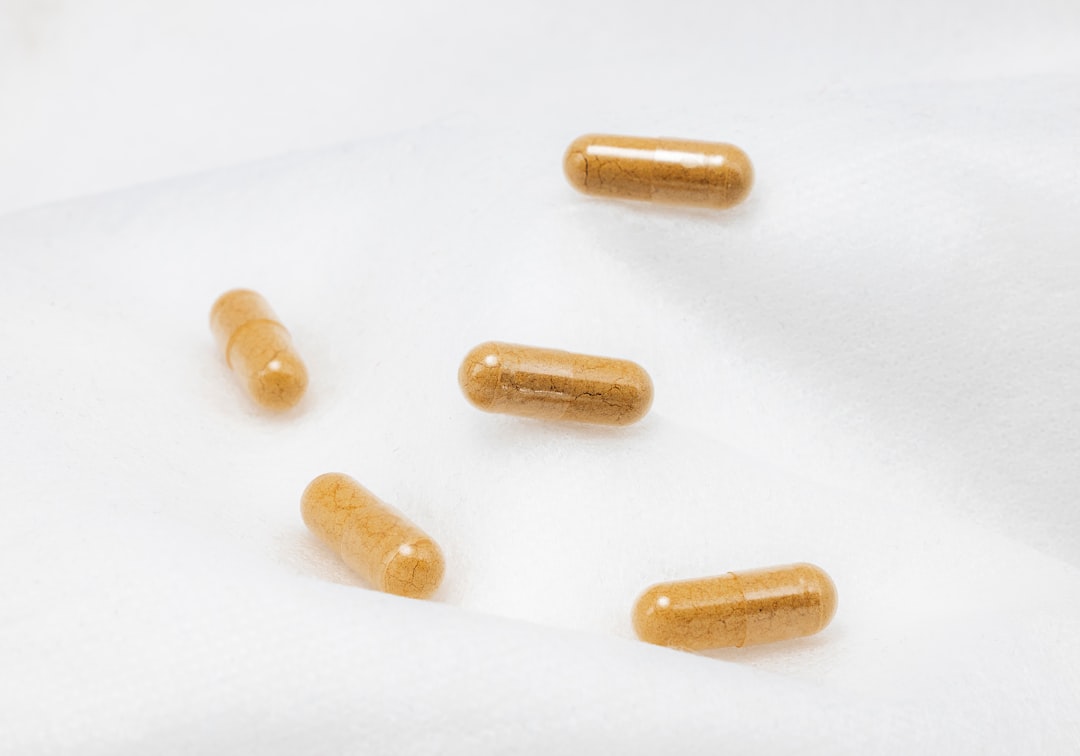
Probiotic supplements are commonly promoted as a quick route to balance the microbiome and reduce inflammation. They can help, but supplements are not one-size-fits-all. Overdoing a probiotic—taking multiple different high-dose products at once or continuing a single strain that causes symptoms—may lead to gas, bloating, and a sense that your system is "off." Some people feel worse before they feel better, but persistent or severe symptoms suggest the strains, dose, or need for a probiotic should be reevaluated. Experts often recommend a food-first approach: fermented foods, fiber diversity, and whole-food strategies usually create a more stable, resilient microbiome than indefinite supplement stacking. When supplements are useful, targeted therapy guided by a clinician or registered dietitian—choosing specific strains for a specific condition—tends to work best. If you try a probiotic and it triggers ongoing discomfort, stop and consult a provider to refine the plan. A measured, personalized strategy reduces the chances of a probiotic backfire.
4. Turmeric/Curcumin Supplements — Interactions and Liver Concerns
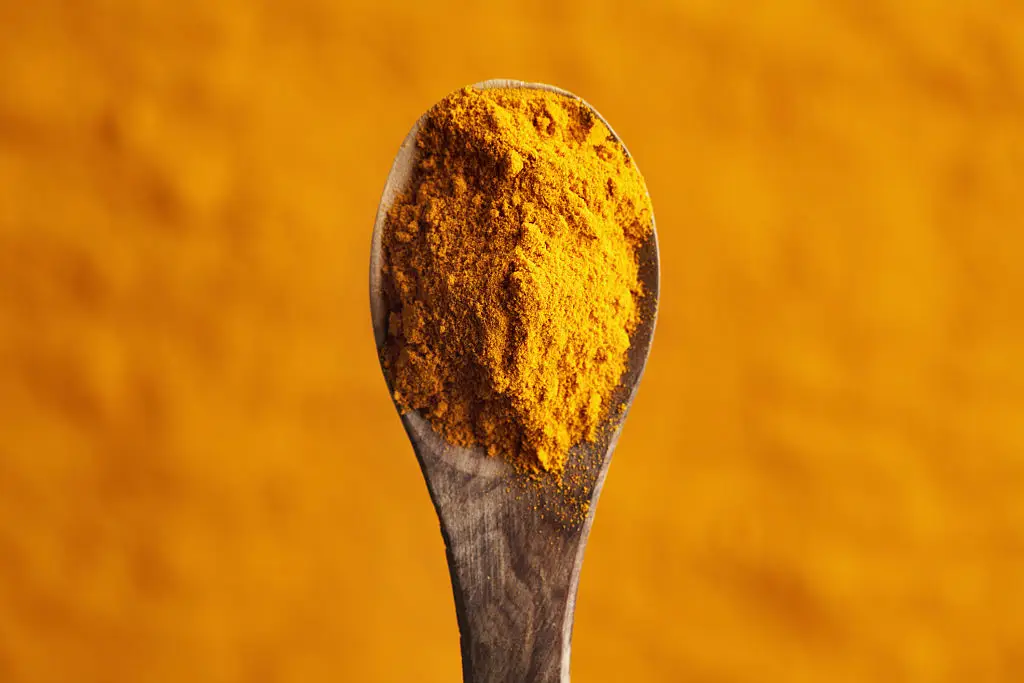
Turmeric and its active compound curcumin are widely praised for anti-inflammatory effects, and many people use culinary turmeric safely in meals. Problems more often arise with high-dose supplements. Concentrated curcumin can interact with medications—blood thinners and certain drugs used to treat chronic conditions—and, in rare cases, supplements have been linked with liver injury. Medical experts have noted that a portion of supplement-related liver toxicity cases in the U.S. trace back to herbal products, so caution is warranted. If you’re on prescription medication, plan surgery, or have a history of liver issues, talk with your clinician before starting high-dose turmeric capsules. For most people, using turmeric as a spice, pairing it with black pepper and healthy fats to improve absorption, and avoiding megadoses is a safer path. If you and your clinician decide a supplement is appropriate, monitor liver-related symptoms such as unusual fatigue, dark urine, or jaundice and check liver tests when advised. Small, food-based use keeps anti-inflammatory benefits with fewer downsides for many readers.
5. Elimination Diets — When Restriction Narrows the Microbiome

Removing suspected triggers can offer fast relief for inflammation or digestive distress. That makes elimination diets appealing when you’re in pain or bloated. Still, strict long-term restriction can unintentionally reduce the diversity of plant foods and microbes your gut needs. A less diverse microbiome often becomes more reactive, and people sometimes develop new sensitivities after prolonged avoidance. That’s why many clinicians advise elimination as a short-term diagnostic tool followed by careful reintroduction. Work with a qualified dietitian to reintroduce foods methodically so you can learn true triggers without permanently narrowing your diet. Aim to include varied plant types across grains, legumes, fruits, and vegetables over time—research-backed guidance often encourages many different plants within a week to support microbiome resilience. If a restrictive plan did help symptoms, celebrate that progress, but consider re-expanding variety as a next step. Thoughtful reintroduction protects both comfort and long-term gut health.
6. Onions, Garlic, Apples — High-FODMAP Anti-Inflammatory Picks
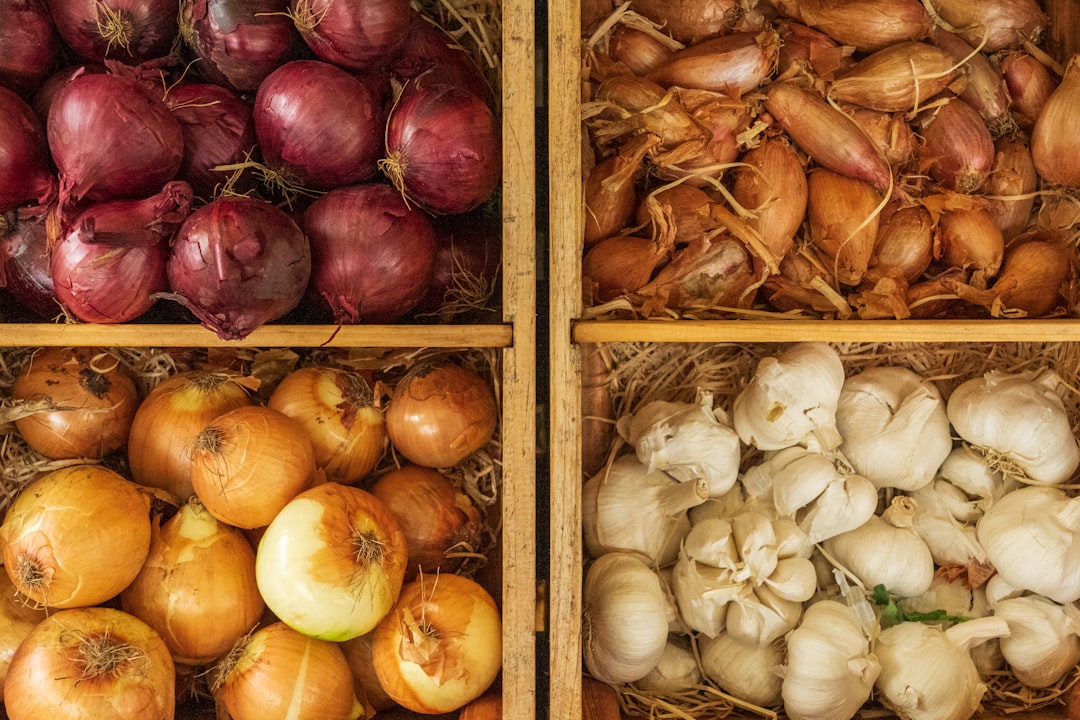
Many flavorful plant foods—onions, garlic, apples, and certain legumes—offer anti-inflammatory and antioxidant benefits. Yet those same items are high in FODMAPs, a group of fermentable carbs that can cause rapid fermentation in the gut and trigger bloating, pain, and loose stools for people with IBS. If you suspect a FODMAP sensitivity, sudden removal of multiple FODMAP foods may relieve symptoms. But learning what you tolerate matters more than blanket elimination. Try smaller portions, low-FODMAP alternatives, or cooking methods that reduce fermentability. For example, garlic-infused oil gives flavor without the fermentable sugars, and certain fruits can be tolerated in small servings. Work with a dietitian trained in the low-FODMAP approach to reintroduce foods in a controlled way. That path preserves the anti-inflammatory perks of a plant-rich diet while keeping your gut calm and predictable.
7. Ghee and Concentrated Healthy Fats — When Portion Size Matters

Ghee, avocado oil, and other fats are often hailed as anti-inflammatory kitchen staples and excellent ways to absorb fat-soluble nutrients. For many people, modest amounts are soothing and helpful. Yet very large portions or abrupt increases in rich fats can tax digestion for some individuals—especially those with reduced bile production, gallbladder removal, or mild pancreatic insufficiency. Heavy, fatty meals can cause discomfort, loose stools, or a sense of fullness that masks the benefits you hoped for. If you react to richer fats, try smaller amounts paired with fiber and protein to slow absorption, or choose lighter cooking methods like roasting or steaming with a modest drizzle instead of large ladles of ghee. If digestion of fats is chronically problematic, a clinical evaluation can clarify whether an enzyme or bile support strategy is appropriate. Wise portions and pairing are simple adjustments that preserve anti-inflammatory advantages without upsetting the gut.
Balance Over Ban: Keep What Helps and Adjust What Hurts

Healthy aging and gut wellness don’t require giving up on anti-inflammatory foods entirely. Most of the items listed here—fermented foods, fiber-rich plants, turmeric, and healthy fats—offer meaningful benefits for inflammation, heart health, and resilience. The key is personalization. Start small, advance slowly, and pay attention to patterns rather than isolated days. If a food repeatedly causes symptoms, try adjusting form, portion, or timing before deciding it’s off-limits forever. For example, switch from high-dose supplements to culinary use, soak and cook legumes to reduce fermentable sugars, or introduce fermented foods in teaspoon amounts. When symptoms are persistent, consult a gastroenterologist or registered dietitian who can evaluate SIBO, FODMAP sensitivity, medication interactions, or other underlying issues. With a thoughtful approach, you can keep the anti-inflammatory benefits while protecting comfort and function. These small, steady adjustments let you age into better health—confident, comfortable, and well supported.